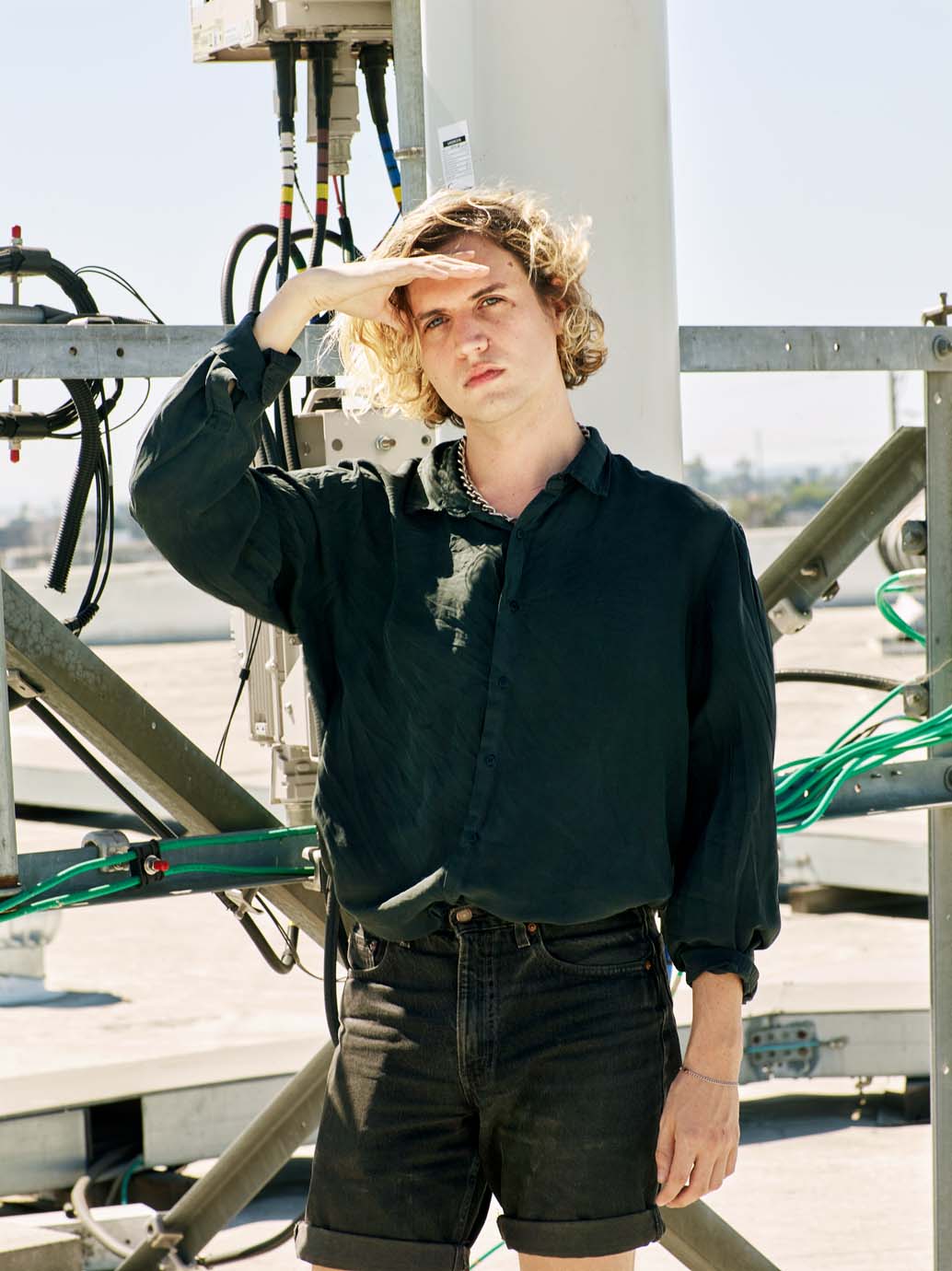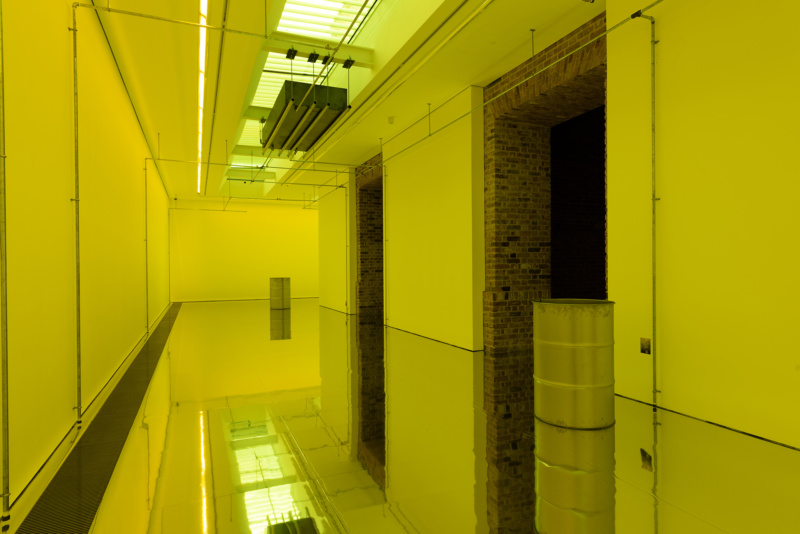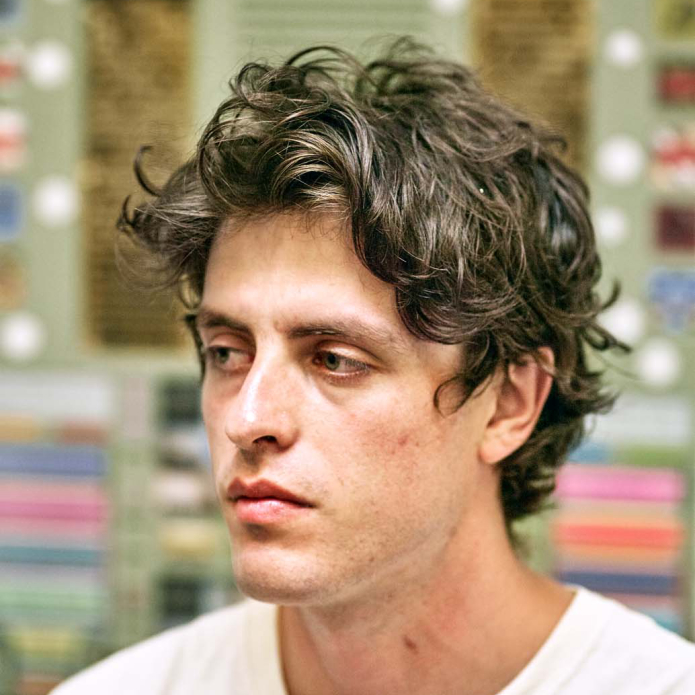
When we speak, Patrick Staff is in the final stretch of producing an ambitious, multimedia exhibition for London’s Serpentine Galleries. “On Venus” includes architectural interventions along with a series of steel- etched plates and a video installation; like many of the artists on this list, Staff traverses various disciplines to create their site-specific film, performance and installation. The connective tissue binding this diverse output is a postmodernist consideration of narrative. “When I was in art school, I was a real disciple of the New Narrative movement, of Kathy Acker, for all its pros and cons,” they admit, laughing. Staff’s work shares the probing of identity politics, awareness of physical space, queer representation and non-linear storytelling that are key to the movement. This, coupled with their interest in dance— Staff studied ballet and the Cunningham technique at The Place in London—has led to a deconstructive impulse that revels in juxtapositions of ‘high’ and ‘low.’ Staff’s films are as efficient as they are meditative, commensurate in the use of light and dark, and archival and newly-shot footage enmesh, recorded on several different devices.

Staff’s work also seeks to address the ecological and industrial relationships that societies have become dependent on; the question of how technology and capitalist-driven consumption have changed our biological constitution is one they are interested in answering. “We’re in a moment of reckoning with the irreversible effects of contemporary biopolitics,” Staff says. In 2017, they created the video installation Weed Killer, commissioned by MOCA in Los Angeles. The piece examines the complexities of treatments like chemotherapy—a poison used as a cure. “It feels like everything channels through the body at the moment—the opioid crisis, our economic collapse. We have to reckon with these things through what passes through us,” says Staff. “I’m not interested in physical purity but I am interested in what I am a conduit for, and leading with that type of somatic inquiry.”




